The high-tech innovation has got great numerous technological benefits in store for us in our lives today. As days are running in this 21st century, a lot of new amazing features are evolving too. The use of Smart Home technology is one of them as it incorporates the ability to remotely control a number of devices and appliances in our homes today. This provides homeowners with comfort, security, convenience, and energy efficiency. Besides, Nest Thermostat is not excluded in the list.
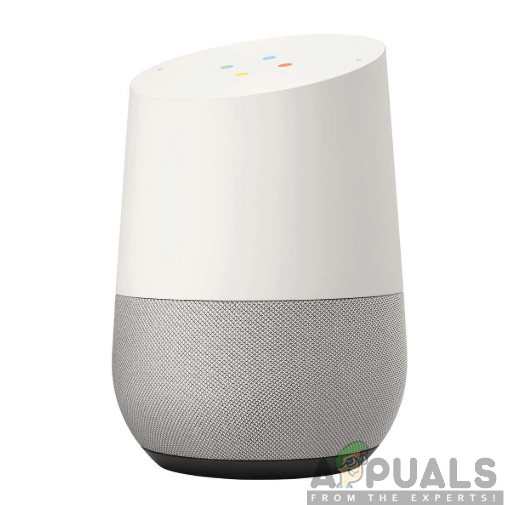
With Google home, you can control a good number of smart home devices like the TVs, thermostats, lights, air-conditioners, appliances, remote controls as well as plugs among other devices. Therefore, it is with no doubt that Google Home plays a very crucial role in our digital life.
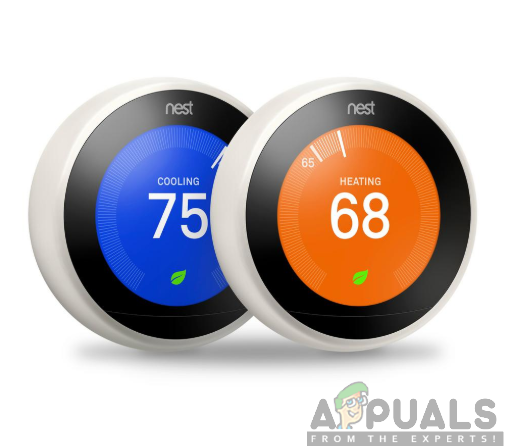
Furthermore, a Nest Thermostat when connected with Google Home renovates your home environment to a top-notch living experience. Imagine how amazing it is to control your home temperature just by the use of a voice command. With Google assistant, you can command Nest Thermostat to perform its task and ask it questions about their status.
Connecting Nest Thermostat to Google Home Device
Before you begin to connect your Google Home to Nest Thermostat, you need to ensure that you have Google Home properly installed in your home and successfully connected to Wi-Fi. Similarly, you need to make sure the same is done for Nest Thermostat. Connecting the two devices will enable you to enjoy the exclusive experience.
It doesn’t matter what type of Google Home device you own; it could be Google Home, Google Home Mini, or Google Home Max, the answer is the same when it comes to connecting to Nest Thermostat. To connect the two devices, follow the steps below to achieve a successful pairing:
- Launch the Google Assistant.
- Open the main menu by tapping on your profile picture at the top right corner of your screen and then click on Settings
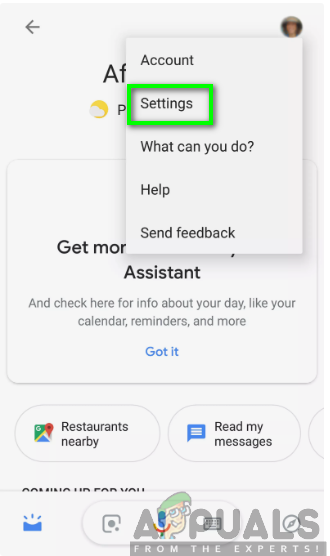
- Click on Assistant and then scroll down and select Home control.
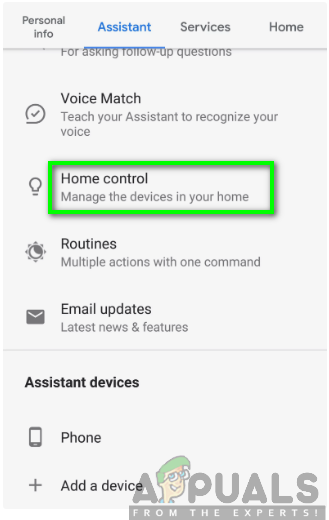
- On the Home Control screen, select the Devices tab and click on the plus sign at the bottom-right corner of the screen to add a device.
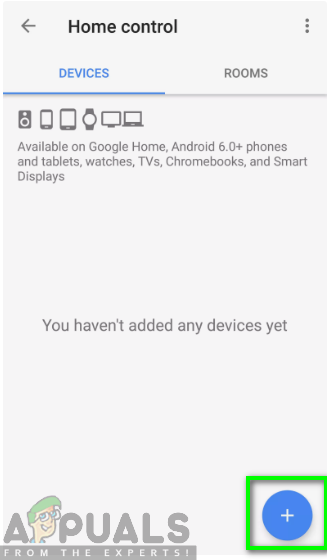
- On the Add devices screen, scroll down and tap on

- You will be prompted to sign in to your Nest account. Enter your credentials and sign in to see your thermostat and any other Nest devices you have.
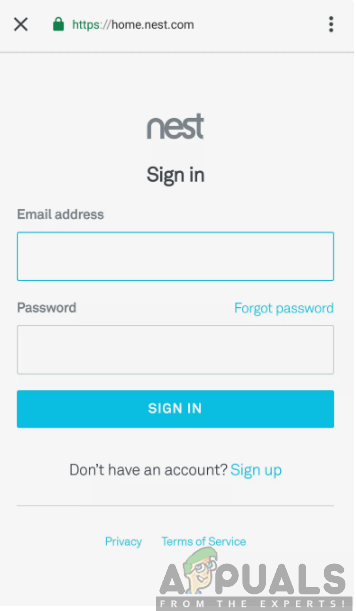
- Assign all of the devices on-screen to the rooms they are found in. You can customize the rooms you have chosen in Google Home later if you would like. You will achieve this by opening the Google assistant app, clicking on Rooms in the Home section, tapping the Edit icon next to the room name, and then selecting to the correct room. Once you have finished your edits, click on Done.

- You can now talk to your Nest Thermostat with voice commands.
To control the temperature within your house, you will need to use voice commands. Take note that each command will have to begin with the phrase, “Hey Google”. For instance, when you want to know what the current temperature in your home is, you should say, “Hey Google, what is the temperature inside?” or “Hey Google, what is the temperature set to?”
In addition to this, Google Home and Nest both connect to IFTTT (if this then that), so you can create your own voice command using the service.